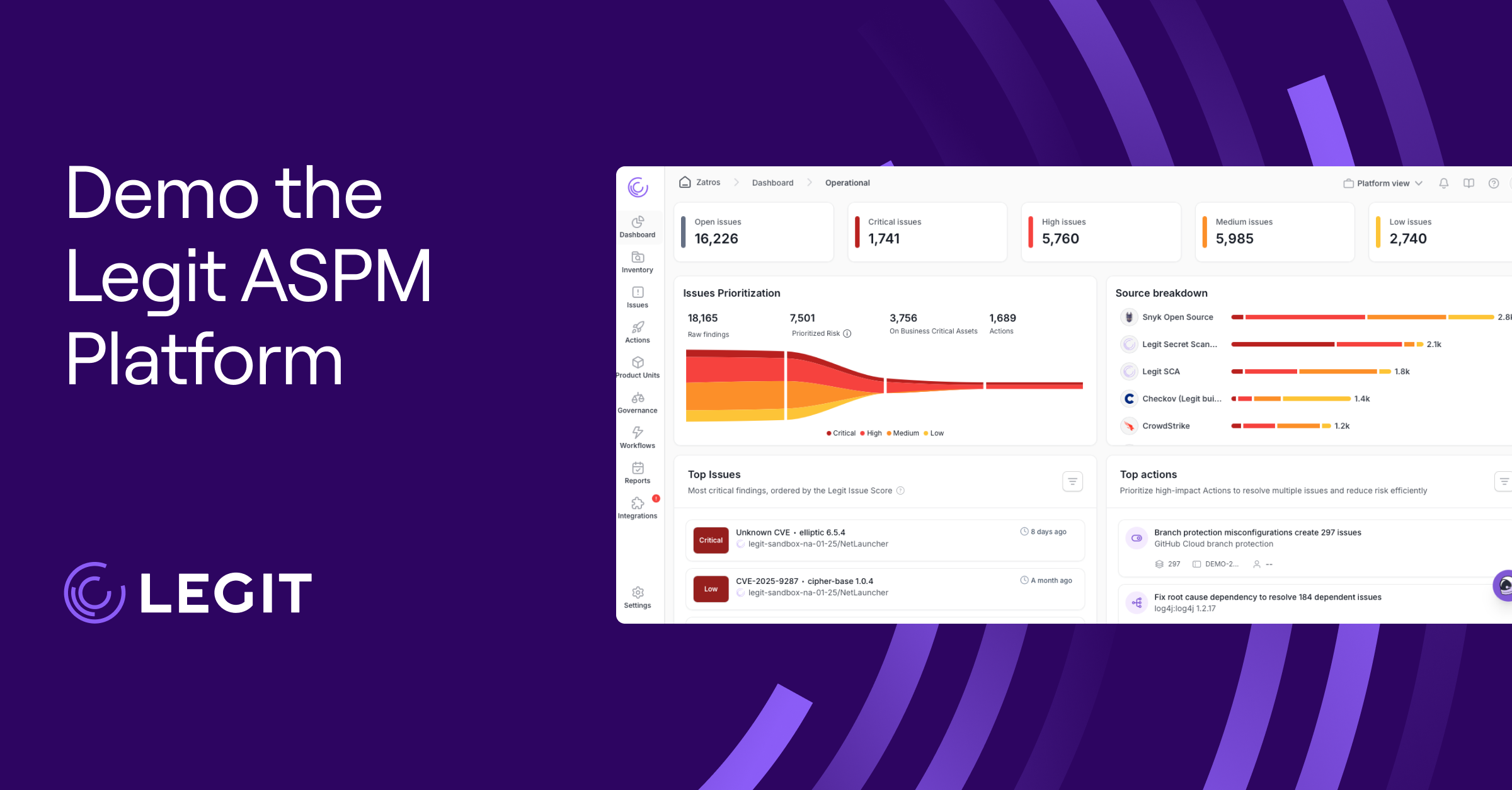Many security teams are drowning in risk signals, alerts, and dashboards. The challenge lies in making sense of them all, but that’s also where cyber risk ratings can help. A cyber risk rating gives organizations a quantitative way to track risk and strengthen their security posture.
This article will walk through what a cyber risk rating is, how it differs from a traditional assessment, and why more companies are using them for smarter decision-making.
What Are Cybersecurity Risk Ratings?
A cybersecurity risk rating is a numerical snapshot of an organization’s security posture. Much like a credit score reflects financial reliability, these scores consolidate complex security data into a clear, trackable number. Cybersecurity risk ratings—sometimes called a cyber score or security rating—reflect how well your systems, networks, and assets defend against threats and how much risk they pose to the broader ecosystem.
Cyber scores are typically based on security scoring models that quantify cybersecurity risk by pulling from externally observable data—no internal access needed. They may assess things like exposed services, leaked credentials, or poor patching hygiene from things like DNS configurations and public data breach records. A higher score signals stronger defenses and fewer red flags.
But beyond the number, the real value lies in how this cybersecurity score translates technical risk into a language everyone can understand.
Cyber Risk Rating vs. Cyber Risk Assessment
A cybersecurity risk assessment is a hands-on, inside-out process to spot gaps and help security teams recommend specific controls to reduce exposure. In these assessments, security teams identify assets, uncover threats and vulnerabilities, and calculate the potential impact of a breach. These assessments are usually customized to the organization’s environment and are often tied to IT security frameworks like the National Institute of Standards and Technology (NIST) or the International Organization for Standardization (ISO).
In contrast, a cyber risk rating offers an external snapshot based on observable data like open ports or outdated software. While a risk assessment digs internally, a cyber score shows how your security posture looks from the outside. Vendors quickly generate, scale, and design ratings for simple comparison across industry peers. But they don’t replace assessments—they’re a complement that gives leadership a clear cue to look deeper.
How Is a Cybersecurity Risk Score Calculated?
Cyber risk scoring starts with data-driven analysis, and many systems rely on the classic risk equation:
Risk = Likelihood x Impact
This equation means you can calculate risk by multiplying the likelihood of something happening by the potential damage of successful exploitation. Asset-centric models take it further: Security teams catalog assets, map their business value, and assess each one’s vulnerability and exposure threats to calculate granular asset-level risk.
Some scoring systems analyze additional context, like threat intelligence and severity weighting, beyond the basic formula. These profiling inventories prioritize threats based on severity and urgency, determined in part by risk scores.
Frameworks like Factor Analysis of Information Risk (FAIR), Operationally Critical Threat, Asset, and Vulnerability Evaluation (OCTAVE), or ISO 27005 take that profiling further, assigning numeric weights or probabilities to different risk factors.
Some companies that generate cyber risk ratings map specific issues, like DNS misconfigurations, against benchmarks for your niche and weigh your score against your peers. Others, like Legitify for GitHub, use open source intelligence (OSINT) to find open ports and poor patching practices and weigh them across multiple risk categories to predict the likelihood of a cyberattack.
Using Cyber Risk Ratings
Cyber risk ratings help organizations translate technical exposure into measurable business risk. Internally, you can use them to track your security posture over time and understand where your defenses may be slipping. Because vendors regularly update scores, they’re ideal for monitoring trends and aligning teams. They also give leadership a high-level view of how the organization might be exposed to threats.
Externally, ratings provide a consistent way to assess third-party vendors during procurements or due diligence. A recent sharp drop in a vendor’s score can signal a need for further review before granting access or finalizing contracts.
Remember that while these ratings offer quick insights, they don’t replace traditional security assessments.
Cyber Risk Ratings Benefits
As your organization’s risk management program matures, cyber risk ratings give you a practical way to align team priorities and reduce exposure. Here are some of the key benefits organizations are seeing from using ratings effectively.
Proof of Compliance
When regulators, insurers, or executives ask for evidence of good security hygiene, a strong cyber risk rating backs up other metrics. It shows that your organization is actively tracking risk and maintaining controls that meet industry standards. Risk ratings can also support continuous compliance efforts and make it easier to demonstrate improvements over time.
Third-Party Risk Mitigation
Vendors with weak security controls are a major source of third-party breaches. Cyber risk ratings offer a consistent way to screen suppliers and mitigate potential threats by spotting red flags before a vulnerability turns into a crisis. By layering cybersecurity ratings in during procurement, you can reduce your supply chain exposure without slowing down your business.
Beyond improving your cyber risk rating, a strong software supply chain security program adds another layer of protection by securing the components and tools flowing through your pipeline. The higher-risk third-party applications are checked sooner and more often for better risk mitigation, leading to fewer issues downstream.
Cyber Risk Prioritization
Not all risks carry the same weight, and ratings make it easier to see where to focus your efforts. Instead of chasing every alert, you can use the rating as a directional guide, triaging based on severity, impact, and visibility for a more efficient use of your time.
Clear Communication With Stakeholders
A numeric score is easier to explain than a 50-page risk report. These scores give CISOs, security leaders, and board members common language to talk about risk and demonstrate progress. When everyone’s aligned on what the score means, it’s easier to build trust and get buy-in on future initiatives.
Enhance Your Cyber Risk Rating With Legit Security
While external ratings provide a useful snapshot, they don’t reveal what’s happening inside your development pipelines. That’s where Legit Security comes in.
Our platform provides continuous insights into your software development lifecycle (SDLC), automatically identifying risks in code, pipelines, third-party components, and deployed applications. Instead of reacting to outdated signals, you get real-time context on the vulnerabilities that impact your software supply chain.
Legit helps you move beyond static snapshots by mapping risk to business-critical assets and environments. You’re not just improving your cyber risk score—you’re addressing the issues that contribute to risk in the first place.
With automated policy enforcements, pre-built risk reporting, and full SDLC coverage, Legit gives you the confidence to take action and prove your posture. Request a demo today.
Download our new whitepaper.


